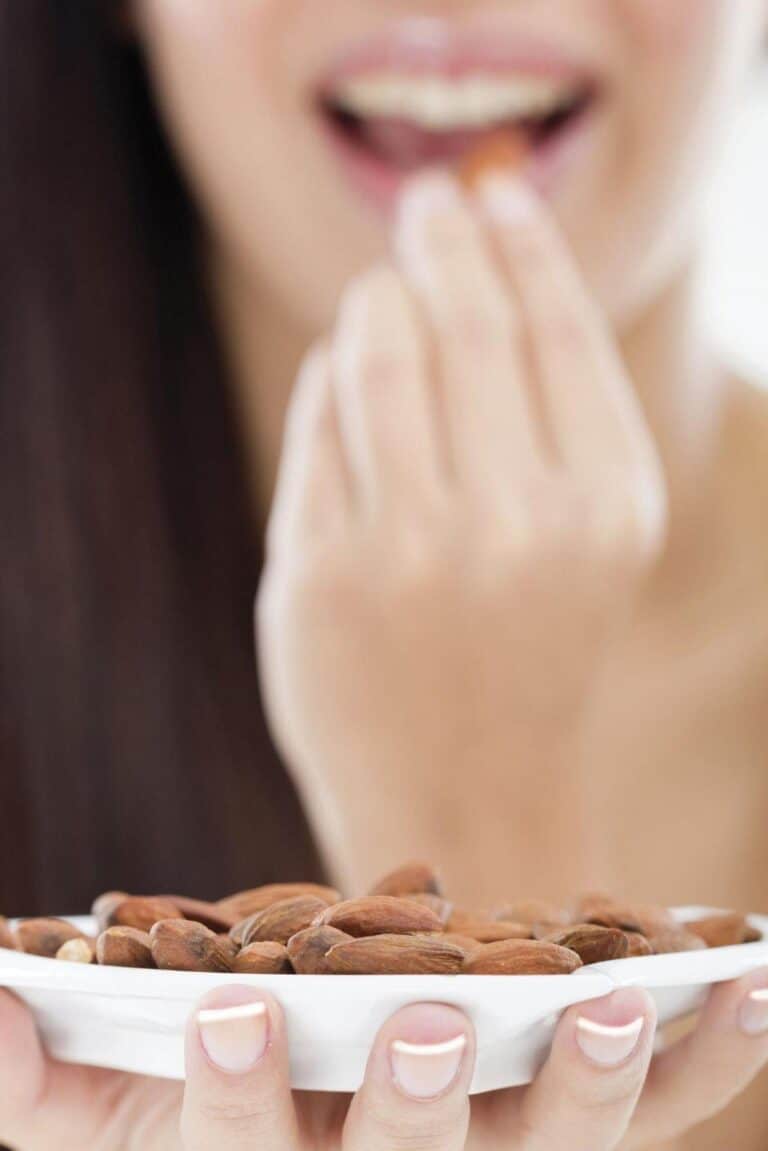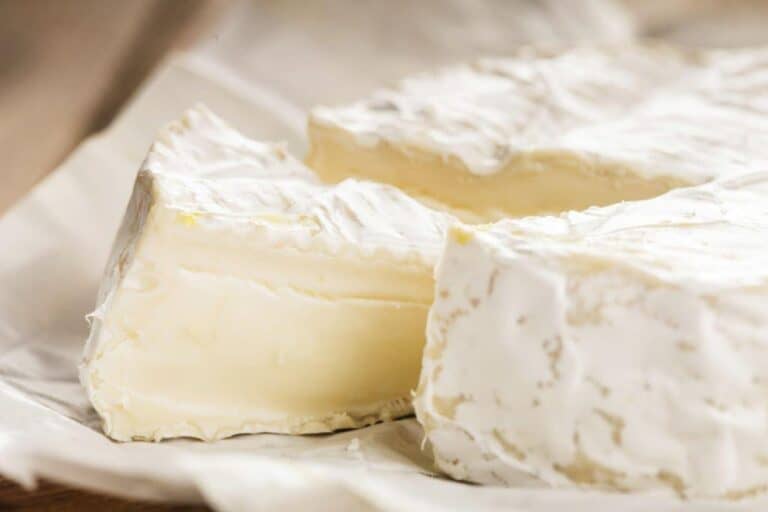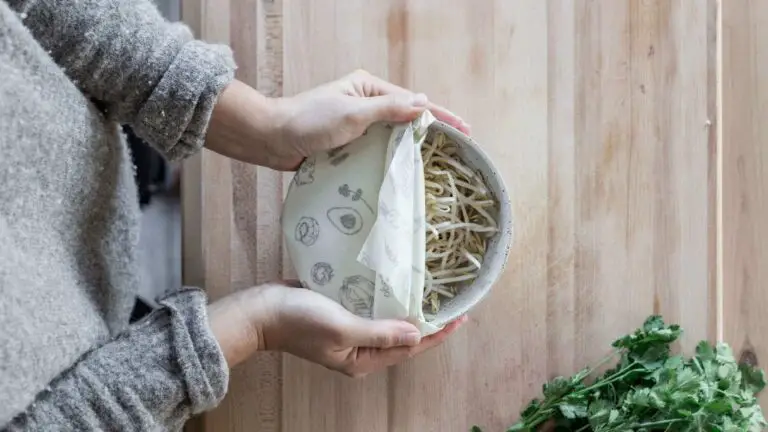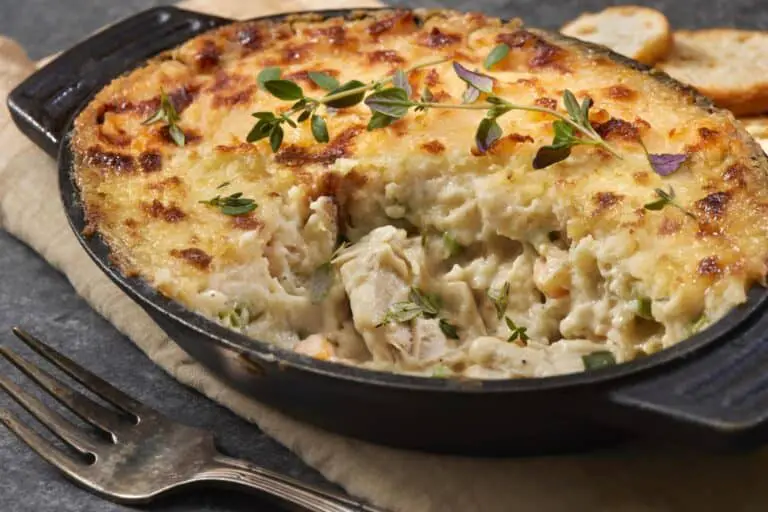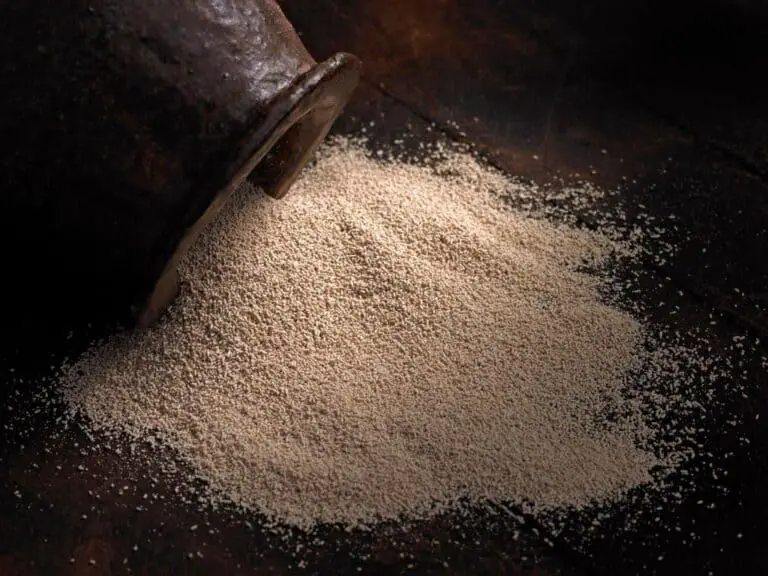Can You Eat Weisswurst Skin? Is Weisswurst Casing Safe to Eat?
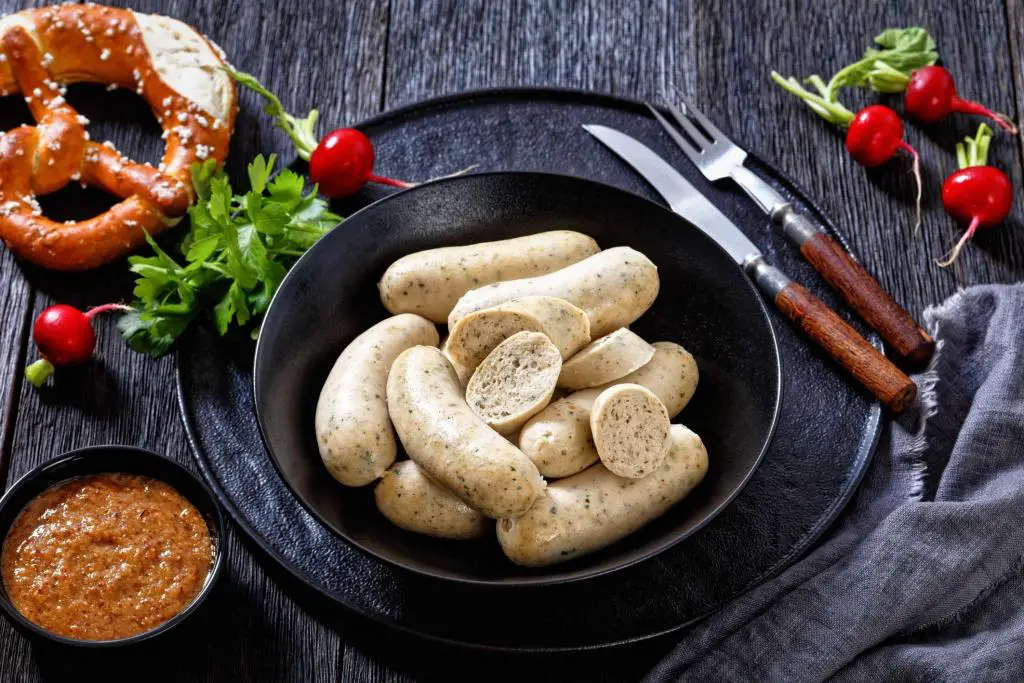
In the heart of Bavaria’s culinary tapestry lies the Weisswurst, a delicate and flavorful sausage that has graced tables for generations. When it comes to indulging in sausages, a common question that often arises is whether you can eat the casing that encases these savory delights. This holds especially true for the beloved Bavarian specialty, Weisswurst.
So, can you eat the Weisswurst skin? Is the casing a delectable part of the experience or a culinary secret best left untouched? Yes, you can eat Weisswurst skin, even though some may feel it is chewy and not very pleasant to eat.
Journey with us as we unveil the mysteries of Weisswurst casing, exploring its historical significance, culinary traditions, and, most importantly, its edibility. From the traditions that weave through Bavarian mornings to the versatile recipes that showcase its charm, let’s delve into the world of Weisswurst and savor every morsel of knowledge surrounding its famed casing.
Get ready to satisfy your curiosity and your taste buds, as we embark on a delightful exploration of Weisswurst’s flavorful allure.
The Origins and Ingredients of Weisswurst
Weisswurst, a symbol of Bavarian culinary heritage, has its roots traced back to the vibrant city of Munich during the 19th century. This sausage is an embodiment of Bavarian culture, reflecting the region’s dedication to crafting exquisite, flavorful delicacies.
The heart of Weisswurst lies in its meticulously selected ingredients. A harmonious blend of finely minced veal and back bacon forms the sausage’s core. However, it’s the aromatic infusion of fresh parsley, mace, lemon zest, onions, ginger, and cardamom that sets Weisswurst apart, offering a tantalizing taste that captures the essence of traditional Bavarian cuisine.
The preparation of Weisswurst is a culinary art, with each step carefully orchestrated. The sausage mixture is delicately encased in sheep intestine casings, a tradition that adds to its authenticity.
The Art of Sausage Casings

Before we explore the edibility of Weisswurst casings, it’s worth understanding the broader spectrum of sausage casings. These casings play a pivotal role in maintaining the shape of the sausage during cooking sausage, preventing the mixture from spilling out, and preserving the flavors within. They are the unsung heroes that ensure your sausage maintains its form from production to plate.
Casings come in two main categories: natural and synthetic. Natural casings, often derived from the intestines of animals like sheep, pigs, or cattle, have been used for centuries. In contrast, synthetic casings are typically made from materials like collagen, cellulose, or plastic. Each type of casing offers distinct advantages, influencing its use in various sausages.
Can You Eat Weisswurst Skin?
Now, let’s address the pressing question: can you eat Weisswurst skin? The answer is both simple and nuanced. Yes, you can eat Weisswurst skin—it is edible. The natural casings used for Weisswurst are safe for consumption and add to the authenticity of the experience.
When cooked, the casing becomes tender and blends harmoniously with the succulent filling. However, some individuals may prefer to peel the casing before indulging in the sausage, and that’s perfectly fine as well.
As mentioned previously, the natural casings used for Weisswurst are typically made from sheep intestines. These casings serve both functional and culinary purposes. Functionally, they hold the sausage mixture together during cooking, ensuring it maintains its shape and juiciness. Culinary-wise, the casings provide a delicate snap when bitten into, enhancing the overall eating experience.
Whether you choose to devour the Weisswurst with its casing intact or opt to peel it away is a matter of personal preference. Both methods are widely accepted, and neither diminishes the delectable flavor that this Bavarian specialty has to offer. So, the next time you savor a Weisswurst, you can confidently decide whether you want to enjoy it with or without its edible casing.
Nutritional Aspects of Sausage Casings
Sausage casings, whether natural or synthetic, don’t contribute significantly to the overall nutritional profile of the sausage. They are primarily composed of proteins, mainly collagen, and are low in fat and carbohydrates. While the nutritional value is relatively modest, the presence of collagen might offer minor benefits for skin and joint health.
In terms of nutritional value, edible and inedible casings don’t differ significantly. The difference lies in the composition – natural casings are typically richer in collagen, while synthetic casings are often made from materials like cellulose and don’t add much nutritional value.
Consuming sausage casings in moderation won’t significantly impact your overall nutritional intake. If you enjoy eating casings, it’s best to do so occasionally and consider them a part of the overall sausage experience.
Safety Considerations and Health Implications
The safety of consuming sausage casings depends on their source and preparation. Natural casings go through thorough cleaning processes, minimizing the risk of contamination. However, there is a slight potential for allergen cross-contamination, so individuals with allergies should exercise caution.
The food industry adheres to strict regulations regarding the sourcing, processing, and preparation of casings. Casings must meet hygiene standards to ensure consumer safety. If you’re concerned about the safety of casings, opt for sausages from reputable sources that follow these regulations.
To ensure a safe consumption experience, it’s advisable to cook sausages thoroughly, as heat eliminates potential pathogens. Additionally, if you’re sensitive to certain food components, such as collagen or cellulose, it might be a good idea to avoid consuming casings.
Some of the Most Popular Culinaries Using Weisswurst Casing
Weisswurst casings, typically made from sheep intestines, can add a unique touch to various culinary creations. Here are some popular dishes and uses for Weisswurst casing:
- Sausage Making: Apart from Weisswurst, you can use these casings to make other sausages like bratwurst, frankfurters, or kielbasa. The natural casing imparts a traditional, authentic flavor to the sausages.
- Sausage Links: Make sausage links by stuffing the casing with your preferred sausage mixture. These can be grilled, pan-fried, or roasted for a delicious meal or snack.
- Boudin Blanc: Weisswurst casings are sometimes used to make boudin blanc, a white sausage popular in French cuisine. It’s typically made with pork, veal, or chicken, and the casing contributes to its delicate texture.
- Blood Sausages: For making blood sausages like boudin noir or morcilla, Weisswurst casings can be used. They provide a natural and traditional casing option for these unique and flavorful sausages.
- Stuffed Cabbage Rolls: Use Weisswurst casing to encase a mixture of ground meat, rice, and spices when making stuffed cabbage rolls. The casing helps hold the filling together during cooking.
- Homemade Salami: If you’re into charcuterie, Weisswurst casing can be employed to make homemade salami. It’s particularly popular in regions known for their cured meats.
- Dumplings: In some culinary traditions, Weisswurst casing is used to encase dumplings or knödel, adding a distinct texture to these comfort food favorites.
- Pâtés and Terrines: For those who enjoy making pâtés and terrines, Weisswurst casing can be used to line the mold and encase the mixture, creating a smooth and traditional appearance.
These are just a few examples of how Weisswurst casings can be employed in the culinary world to enhance the texture and flavor of various dishes, ranging from sausages to pâtés and beyond.
Conclusion
In conclusion, the Weisswurst experience is a journey that tantalizes the taste buds and connects you with the rich culinary heritage of Bavaria. The question of whether sausage casings are edible hinges on their origin and composition.
Natural casings, being collagen-rich, often soften during cooking, resulting in a tender and palatable texture. These casings are generally safe to eat and add an extra layer of flavor to the sausage experience. On the other hand, synthetic casings are typically not intended for consumption due to their composition, which may not break down as naturally during cooking.
So, should you eat Weisswurst casing? The choice is yours. Whether you choose to savor it with the casing intact or peel it away, your Weisswurst journey is a personal one. As you relish the delicate flavors and aromatic blend of spices in every bite, remember that you’re not just enjoying a sausage—you’re immersing yourself in centuries-old Bavarian culinary traditions that continue to captivate palates around the world. Prost!
FAQs on Weisswurst Sausage Casing Consumption
Is Weisswurst casing safe to eat?
Absolutely, the Weisswurst casing is safe to eat. It’s made from natural animal intestines, often sheep or pork. These casings are intended to be consumed and do not pose any harm.
How is Weisswurst traditionally prepared?
Weisswurst is prepared by finely mincing veal and pork back bacon. It’s seasoned with ingredients like parsley, mace, lemon, onions, ginger, and cardamom. The mixture is then stuffed into natural casings and boiled.
What are the ingredients in Weisswurst?
Weisswurst typically contains minced veal, pork back bacon, parsley, mace, lemon, onions, ginger, and cardamom. These ingredients contribute to its distinctive flavor.
Is it common to eat sausage casings in different cuisines?
Yes, consuming sausage casings is common in various cuisines worldwide. Different cultures have their own variations of sausages with edible casings.
What are some alternatives to traditional sausage casings?
Some alternatives to traditional sausage casings include collagen casings, cellulose casings, and vegetarian casings made from plant-based materials.
Are there any health benefits associated with consuming sausage casings?
Consuming edible sausage casings doesn’t offer significant health benefits. The focus is more on the flavor, texture, and authenticity they bring to sausages.
How do I know if a sausage casing is edible or not?
Edible casings are usually made from natural animal intestines or other safe materials. If you’re unsure, check the packaging or consult the manufacturer.
Can I remove the casing from sausages before cooking or eating?
Yes, you can remove the casing from sausages before cooking or eating. Some people prefer this, but the casing is safe to eat if you choose not to remove it.

